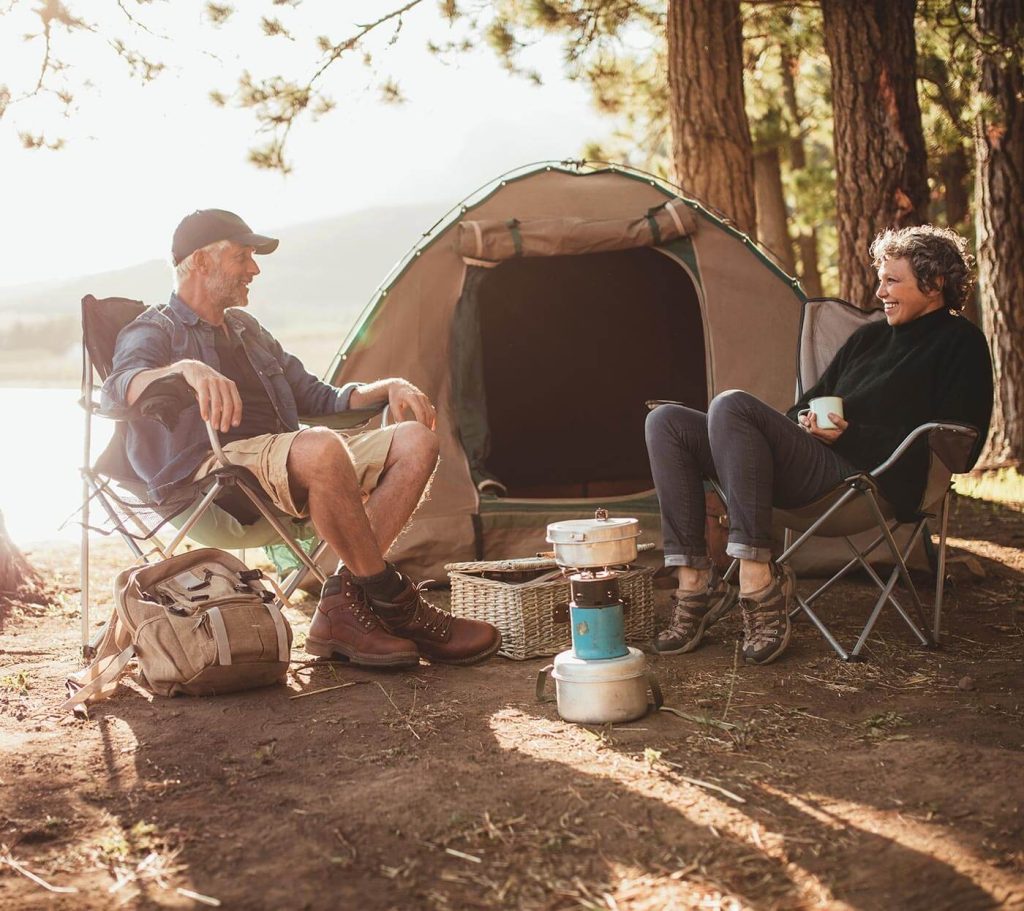What is the Warmest Sleeping Bag for Cold Weather Adventures
Freezing nights can turn exciting outdoor trips into long, miserable experiences. Did you know hypothermia can start even in temperatures above freezing if you're not properly insulated?
The warmest sleeping bags for cold weather are mummy-shaped, filled with high-quality down or synthetic insulation, and rated for sub-zero temperatures — ideally below -20°C (-4°F).
I’ve tested dozens of sleeping bags in snowy forests and high-altitude camps. When temperatures drop fast, only the right gear keeps you safe and warm. In this article, I’ll break down what to look for in an extreme cold sleeping bag and share tips from real field experiences.
What Sleeping Bag Shape Holds Heat Best?
Shape matters more than most people think when it comes to keeping warm in freezing conditions.
Mummy-shaped sleeping bags are the best for cold weather because they reduce empty space and trap body heat more efficiently than rectangular or semi-rectangular designs.
I remember using a rectangular bag during my first mountain trek. The warmth just disappeared overnight. After switching to a mummy-style, the difference was immediate — snug, secure, and no more chilly drafts.
Sleeping Bag Shapes Compared
| Shape | Warmth | Comfort | Best For |
|---|---|---|---|
| Mummy | ★★★★★ | ★★★ | Extreme cold, weight-conscious trips |
| Semi-rectangular | ★★★★ | ★★★★ | Moderate cold, comfort-focused campers |
| Rectangular | ★★ | ★★★★★ | Mild climates, car camping |
The closer the insulation is to your body, the less heat escapes. That's why shape should never be overlooked.
What Insulation is Best for Extreme Cold?
The type of insulation inside the sleeping bag decides how well it performs in freezing temperatures.
Down insulation offers the highest warmth-to-weight ratio, while synthetic fills perform better in wet conditions and are more affordable.
On one winter trip, a teammate’s synthetic bag saved him after snow leaked into his tent. Meanwhile, my down bag kept me toasty — but only because I kept it dry. Each fill type has its place.
Down vs Synthetic Insulation
| Feature | Down | Synthetic |
|---|---|---|
| Warmth-to-weight | Excellent | Good |
| Compressibility | High | Moderate |
| Moisture resistance | Poor | Excellent |
| Cost | Higher | Lower |
| Longevity | Long-lasting | Shorter lifespan |
For extremely cold and dry conditions, high-fill power down (700+ FP) is unbeatable. But in damp or unpredictable weather, synthetic bags are the safer bet.
How to Read Temperature Ratings on Sleeping Bags?
Knowing how to interpret sleeping bag ratings is crucial before heading into cold conditions.
Look for EN or ISO temperature ratings — specifically the “comfort” and “limit” levels — to know the actual temperatures a bag is built for.
Many brands highlight extreme ratings, which can be misleading. I once bought a bag rated “-10°C extreme” only to freeze in just -5°C. Since then, I always go by comfort ratings.
Understanding Temperature Ratings
| Rating Type | Description |
|---|---|
| Comfort | Temp at which a cold sleeper stays warm |
| Limit | Temp where a standard sleeper remains warm |
| Extreme | Temp for survival, not comfort |
Always choose a sleeping bag that has a comfort rating at least 5°C lower than the coldest temperature you expect. It’s better to be over-prepared.
What Extra Features Make a Cold Weather Bag Warmer?
The little things often make the biggest difference on a frigid night outdoors.
Features like draft collars, hood cinches, insulated zippers, and water-resistant shells boost the warmth and performance of any cold weather sleeping bag.
I always look for draft tubes and hood baffles. Once, on a trip to Inner Mongolia, I forgot to tighten the hood and woke up with a freezing face. Lesson learned: every feature has a purpose.
Key Warmth-Boosting Features
| Feature | Purpose |
|---|---|
| Draft collar | Prevents heat from escaping around neck |
| Hood with cinch | Keeps warm air inside and cold air out |
| Insulated zipper tube | Blocks cold from zipper seams |
| Water-repellent shell | Keeps insulation dry in damp conditions |
| Pad sleeve | Prevents slipping off insulating pad |
These features might not seem essential until you face real cold. Then you’ll be glad you have them.
Conclusion
Choosing the right sleeping bag isn’t just about gear — it’s about peace of mind, safety, and waking up with a smile even in the coldest places. The warmest sleeping bags give you comfort, confidence, and the freedom to embrace every winter adventure.
Looking to source high-performance outdoor gear for your brand or business? Visit www.kingrayscn.com or email Lisa Wang at marketing@kingrayscn.com to explore how we can support your product needs.


